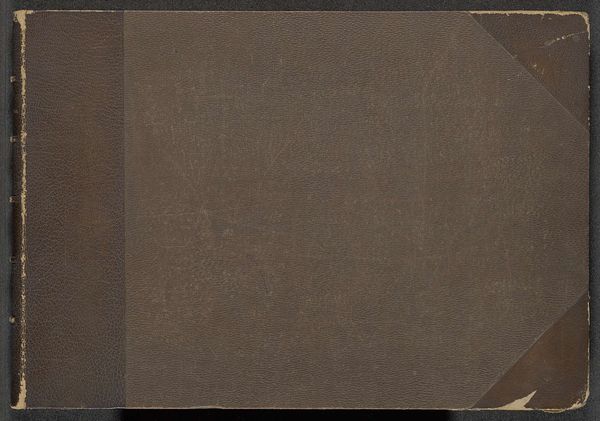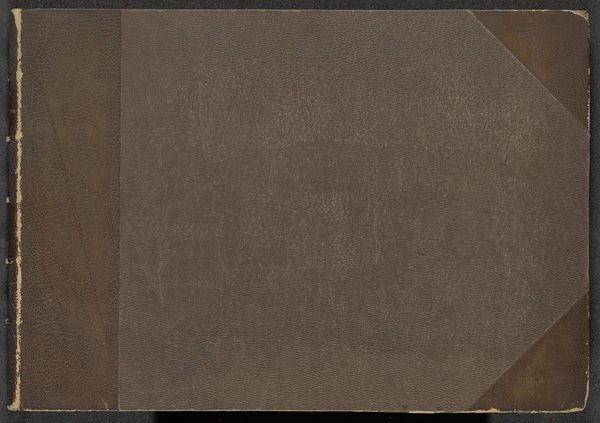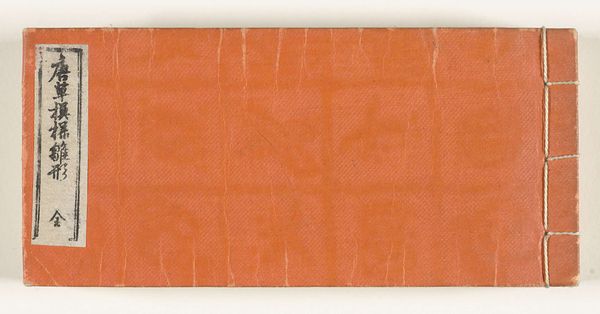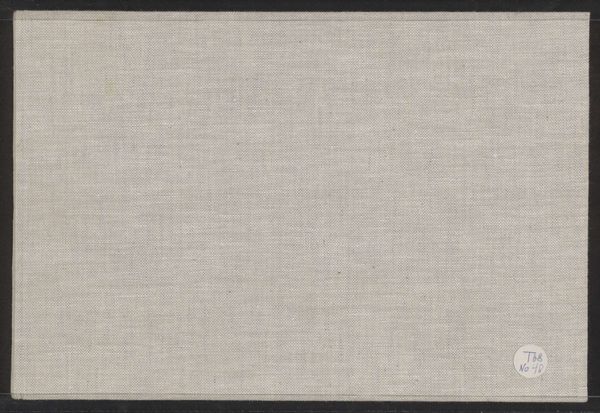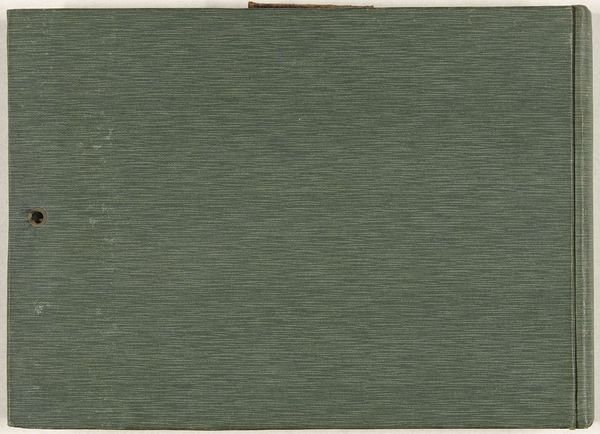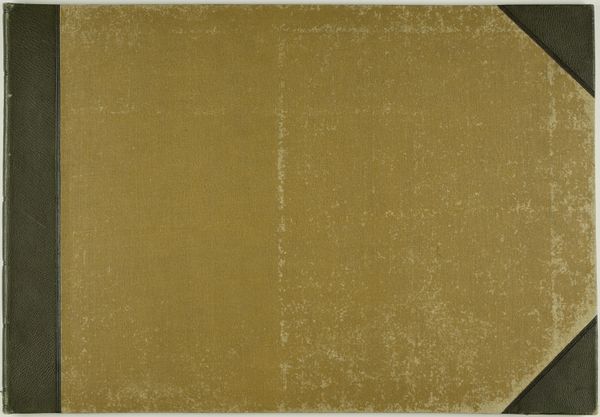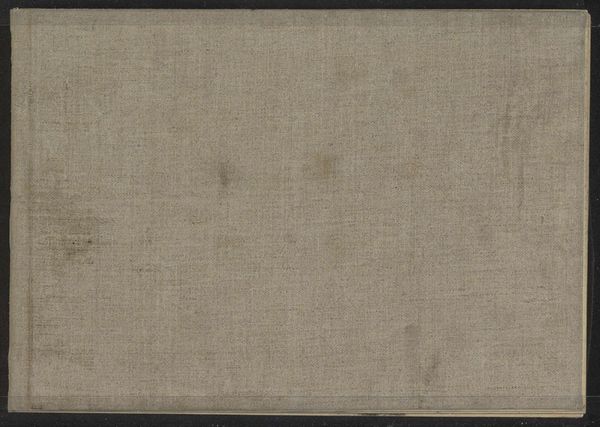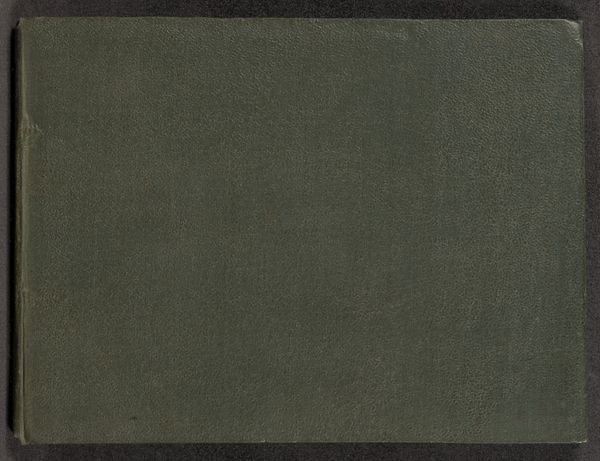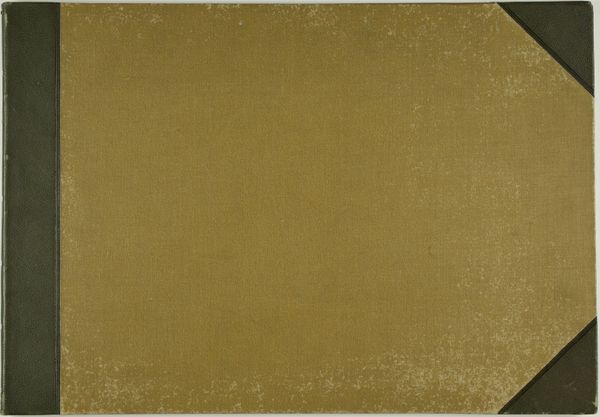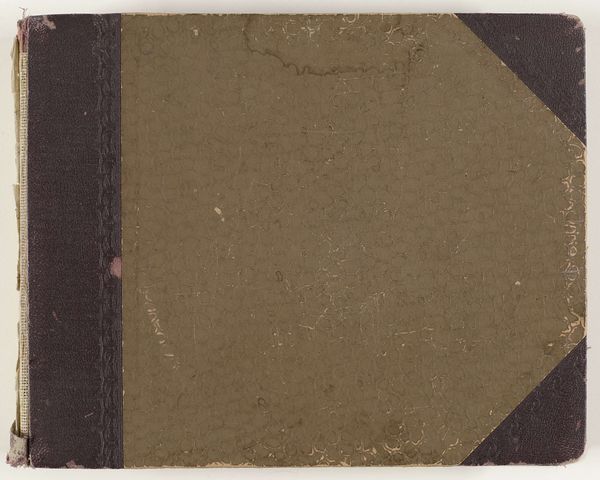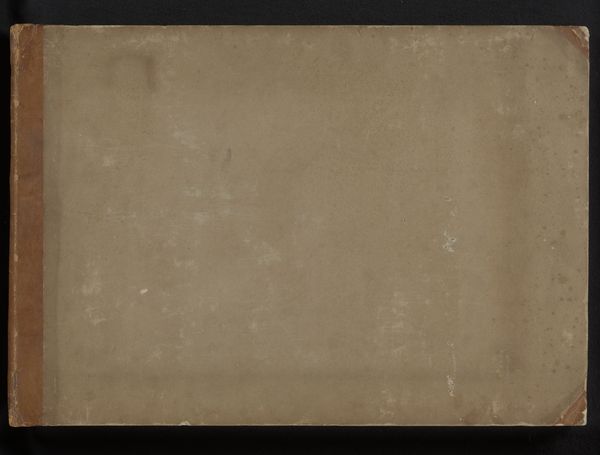
Nieuwe Meiji selectie van een complete alfabetische gids van emblemen 1881
0:00
0:00
mixed-media, collage, textile
#
mixed-media
#
collage
#
book
#
asian-art
#
textile
Dimensions: height 80 mm, width 165 mm
Copyright: Rijks Museum: Open Domain
Curator: At first glance, it feels understated, doesn’t it? A certain… worn elegance. Editor: It does. The “Nieuwe Meiji selectie van een complete alfabetische gids van emblemen” from 1881 is really a book. Created by Torihara Gozaemon, it resides here in the Rijksmuseum, presenting itself as both an informational guide and a work of art, composed of mixed-media. Curator: Mixed-media, yes. The texture, the sheen on what I can only assume is leather...it invites a touch, doesn't it? Like an old family bible you find in your attic. Imagine the stories it could tell! What kind of 'emblems' were in fashion then? Editor: Considering that this dates from the Meiji period in Japan, which was characterized by rapid modernization and engagement with Western ideas, one imagines the emblems within might represent a collision of traditions and emerging national identity. Curator: A collision, yes! Tradition grappling with the new shiny toys from the West! A time of upheaval can create intense and inspired works of art. I almost imagine this was meant to serve as not just an explanation but a comforting nod to tradition in a world evolving around them at breakneck speed. What might the book say about acceptable norms during that period? Editor: Exactly. The guide potentially reflects the codification and standardizing of social symbols as Japan navigated its place on the global stage. Consider how emblems become tools in constructing shared identities and communicating political or cultural values during these transitions. The format too suggests the institutional aspect; a complete "guide" is meant to direct the public sphere. Curator: Very clever observation! These little everyday cultural items, if examined through this framework, can tell more compelling tales about a society than many grand works of art. That almost demands reflection: who defines taste, the collective memories and how the emblems of culture in that era were chosen for a nation going through so much is something worthy of attention. Editor: I agree, the book here becomes not just a display, but a point of entry to examining power structures within Japan at this fascinating historical moment. Curator: Indeed. It truly feels like a small key unlocking a very large story, hidden under plain sight!
Comments
No comments
Be the first to comment and join the conversation on the ultimate creative platform.
